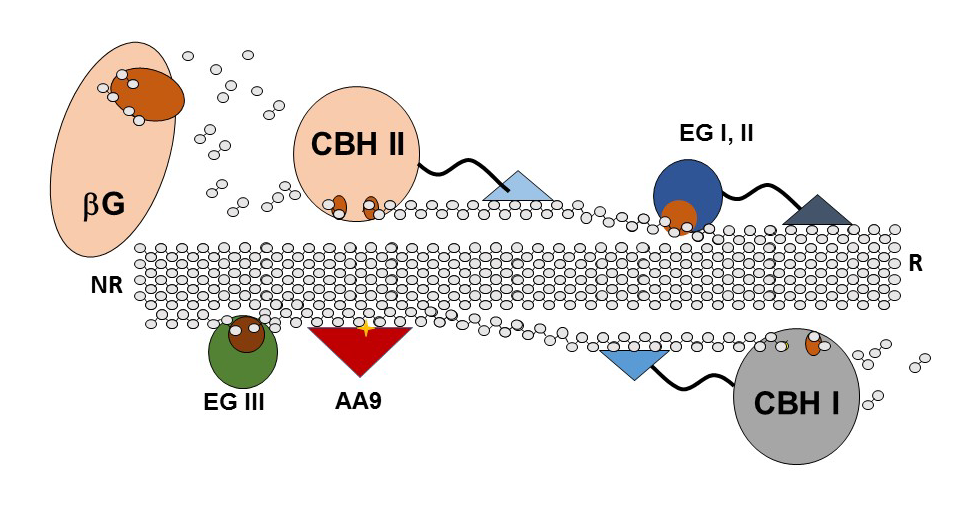Universitetsavisen
Nørregade 10
1165 København K
Tlf: 21 17 95 65 (man-fre kl. 9-15)
E-mail: uni-avis@adm.ku.dk
PhD thesis defense
PhD thesis defense — Noah D. Weiss, IGN
Date & Time:
Place:
Von Langen Auditorium, Department of Geosciences and Natural Resource Management, Rolighedsvej 23, 1958 Copenhagen K
Hosted by:
Section for Forest, Nature and Biomass
Cost:
Free
Noah D. Weiss defends his thesis,
Understanding biomass-water interactions in high-solids lignocellulose bioconversion processes
Supervisors:
Senior Researcher Lisbeth G. Thygesen, IGN
Professor Claus Felby, IGN
Assessment Committee:
Professor Peter Westh, University of Roskilde – Denmark
Researcher Denis Courtier-Murias, Physics of Porous Media Group, Navier Laboratory – France
Associate Professor Henning Jørgensen (chair), Department of Plant and Environmental Sciences
Summary:
To reduce the onset and impact of climate change, it is necessary to drastically reduce the consumption of fossil fuels. Biofuels and chemicals made from lignocellulosic biomass have been proposed as a promising alternative to fossil fuels and chemicals. However, production costs are currently higher for bio-based products in part due to biomass recalcitrance. More cost effective and sustainable processes must be developed. This thesis explores the relationship between water and lignocellulosic biomass, and seeks to understand how biomass-water interactions are related to and affect biomass recalcitrance. Furthermore, it explores how the high solids effect is related to biomass-water interactions, and how these interactions also impact solid-liquid separation processes during biomass conversion.
It was found that increased water retention and constraint by pretreated biomass correlated to increased cellulose conversion yields for a wide variety of pretreated materials from different pretreatment processes. This suggests that biomass-water interactions may be generally related to biomass recalcitrance. T1T2 NMR measurements showed significant changes to biomass-water interactions after pretreatment, with cell wall water becoming much less constrained The high solids effect was found to be related to the disappearance of free water from the system, and to a collapsing of pores in the biomass with increased solids concentrations, as well as decreased diffusion rates. The high solids effect was reduced by modifying the pretreated biomass, suggesting that this effect can be reduced through tailored design of pretreatment methods. WRV and water constraint was found to increase during the course of enzymatic hydrolysis, most likely due to decreasing particle sizes. This suggests that solid liquid separations are more difficult after enzymatic hydrolysis. This work has provided important information about the role of water in causing the high solids effect, and to how modifications of the biomass could produce biomass which is less recalcitrant at high solids concentrations.
The thesis is available for inspection at the PhD administration office 04.1.413, Øster Voldgade 10
